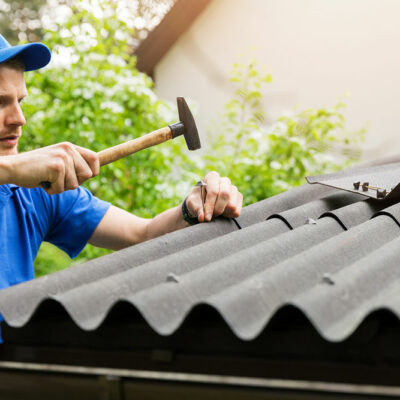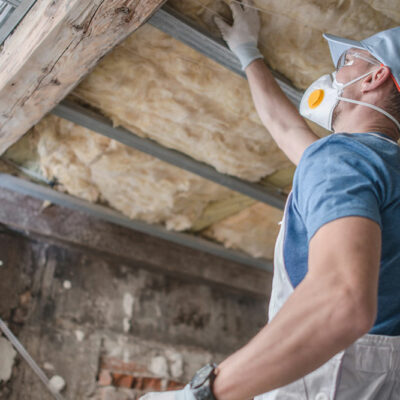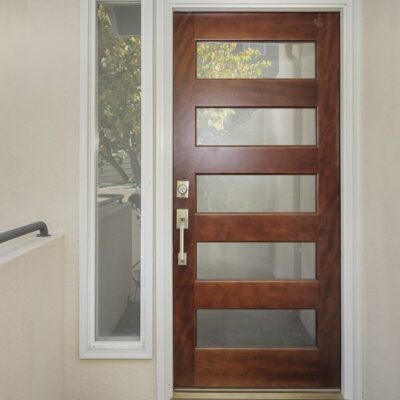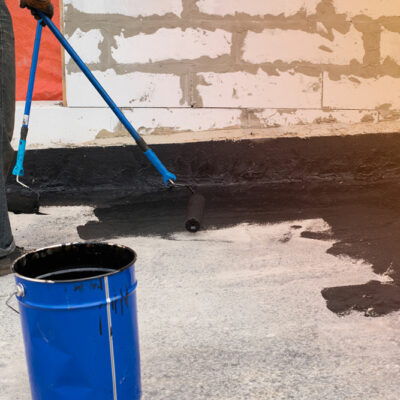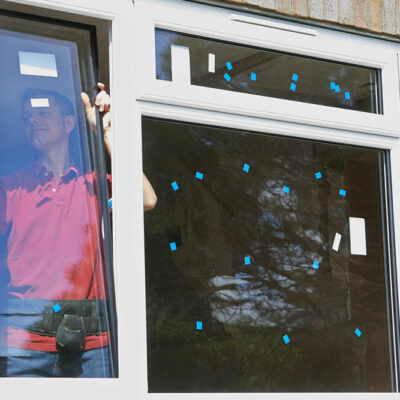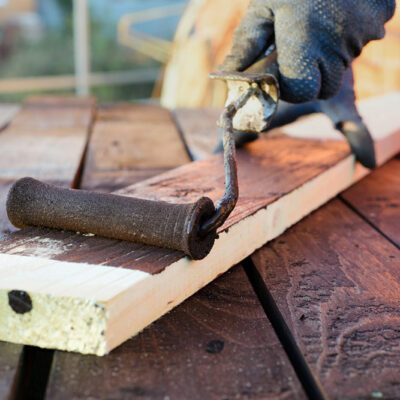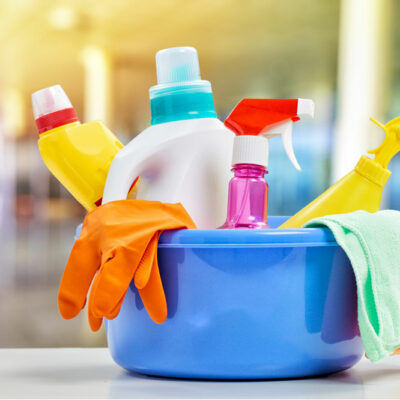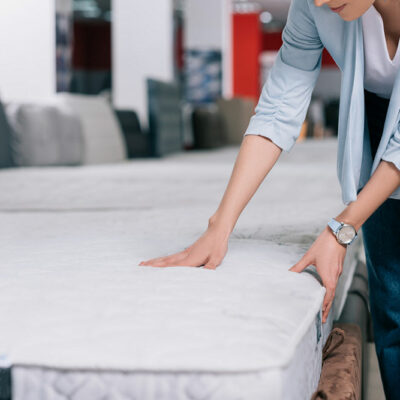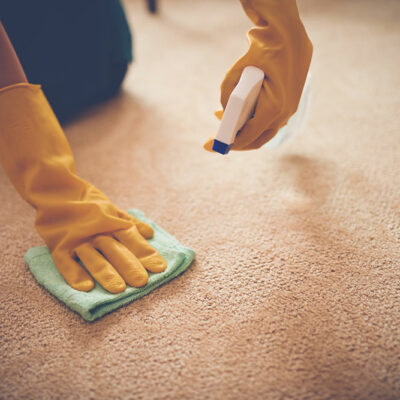
6 cleaning mistakes that can ruin carpets
Carpets are not just great standalone pieces of furnishing, they can also tie a room together. Additionally, they help the space look cozier and softer. However, carpets and rugs tend to attract a lot of dust. So, they must be cleaned every now and then to keep them clean and retain their vibrance and texture in the long run. Further, one must avoid making cleaning mistakes that can make carpets look worn out: 1. Using the wrong products One may fall for tall claims and bring home carpet stain removal products that can instead cause discoloration. This is because some harsh cleaning products do more harm than good, especially when dealing with carpets and rugs. This is why experts often recommend testing a new cleaner or stain removal product on a small portion of the carpet before using it directly on the stain or for the entire carpet. For instance, one can apply the product to a small portion of the carpet that is not too visible, like the portion underneath the couch. If the product does not cause discoloration or other issues on the test patch, then one can continue using it. The test should be a standard practice for all new carpet cleaning products, even DIY homemade cleaning solutions.
Read Article 